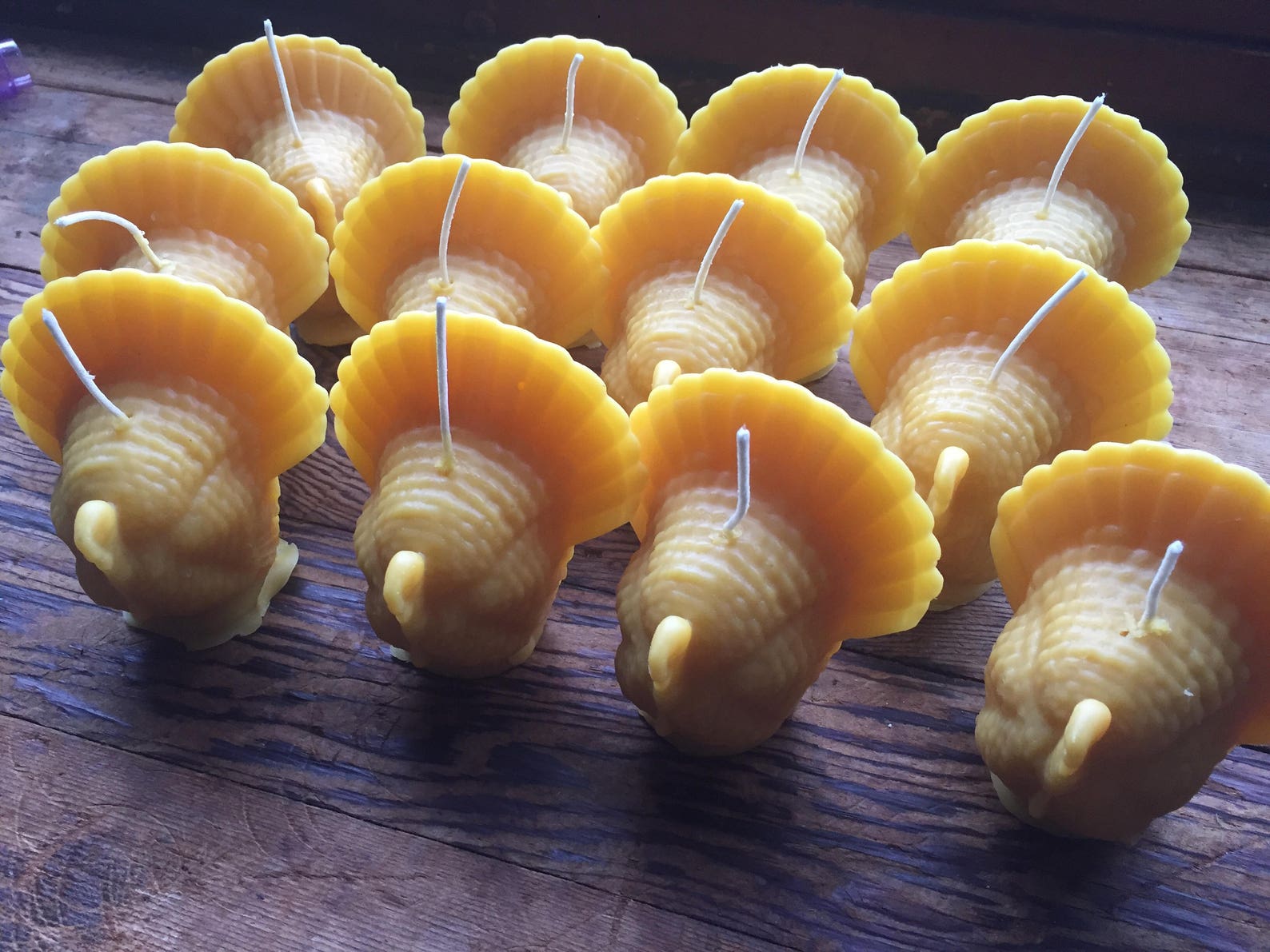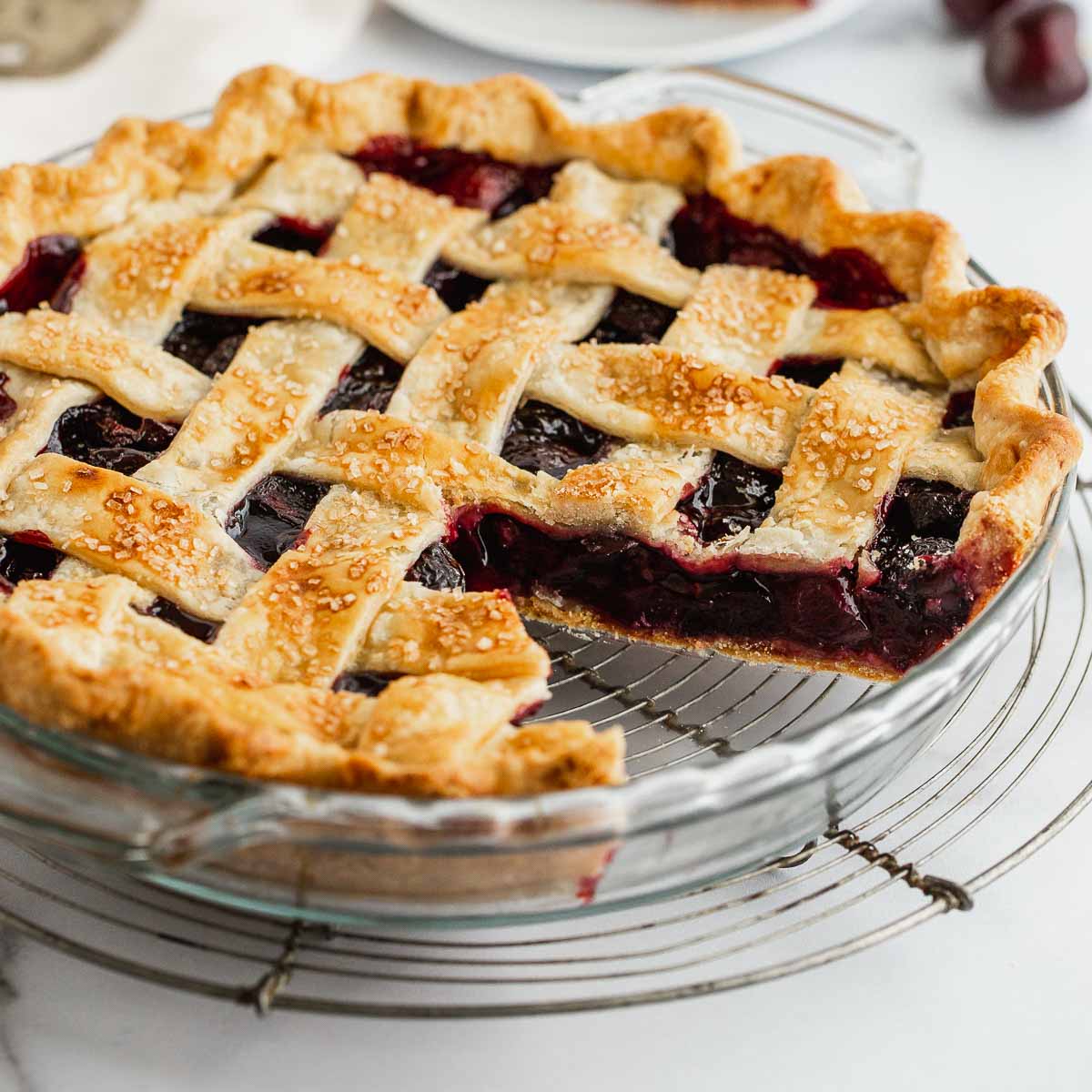
On Sunday I was in a house project mood. On long weekends that’s not an uncommon impulse for me; after a few days relaxing at home I get antsy and want to do something productive. When the urge struck on Sunday, I replaced some burnt-out light bulbs and generally straightened up, but my big project was sweeping out our screened-in back porch.
The back porch is our gateway to the back yard. During the breezy late autumn weeks, when we open the screen door to take out the trash or let Betty out to answer the call of nature, brittle brown leaves are blown into the porch. The leaves swirl and tumble and accumulate against the inner wall, get stuck in the cracks of the wooden floor, and find every imaginable nook and cranny. After a few weeks, the porch looks pretty ramshackle and in clear need of a good sweeping.
Sunday I took on the job and quickly discovered that the elements were working against me. The wind was blowing from the west, which meant that a good percentage of the leaves I tried to sweep out of the porch were immediately blown back in. Such minor setbacks only increased my resolve to see that the job was done right, however. I moved the furniture around, used the bristles of the broom to get at the leaves in the corners, and bent down to pick out the leaves that had become devilishly lodged between the slats or in the crevices between the screen and the porch floor.
By the end of the project I was on a fervent search and remove mission, striving to get every last leaf, stem, and crunched brown remnant out of the porch. I took the rug out to the patio and gave it a good shaking, to set free the little bits of crumbled leaves, and swept off the back steps for good measure.
When I was done, I surveyed the little porch, saw that it was clean, and gave an approving nod for a job well done. With my impulse thus sated, I went back inside, enjoyed the warmth, and settled down to read my book.













